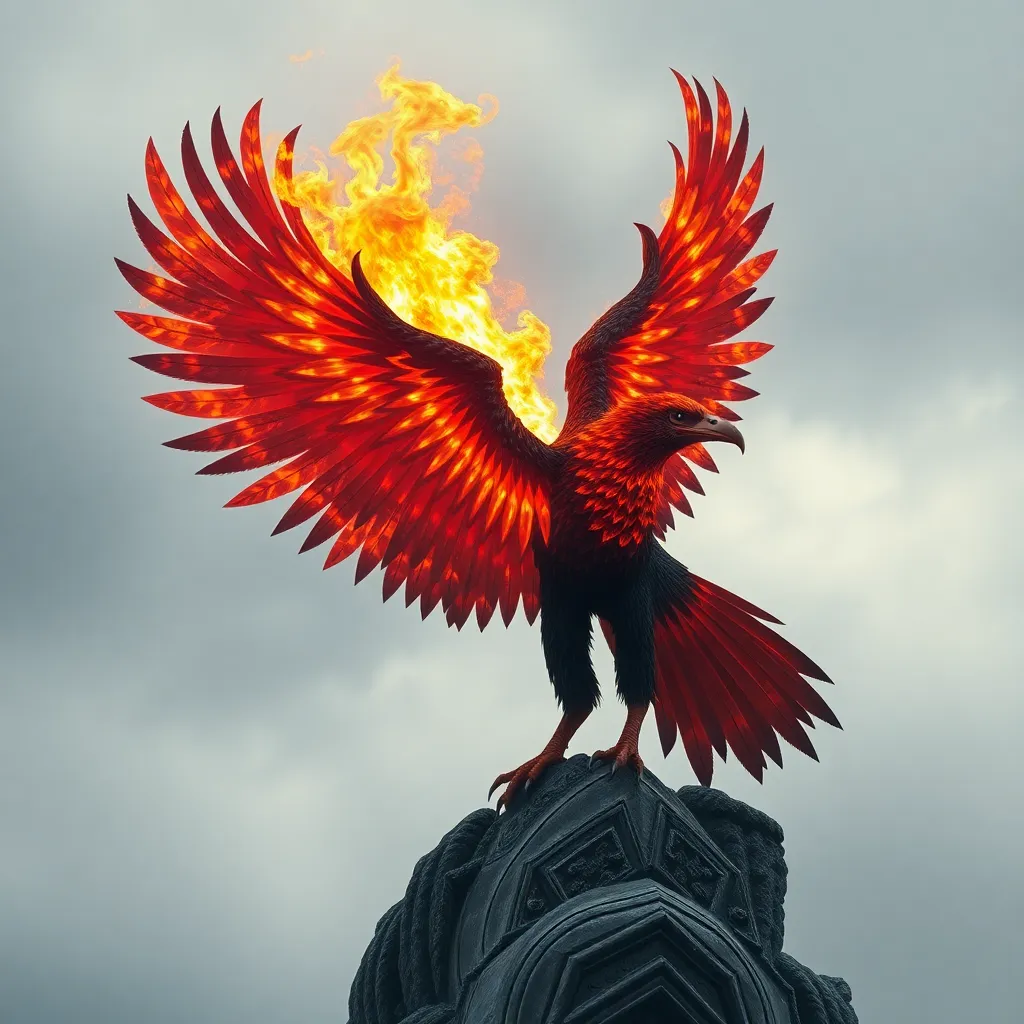The Mythology of the Sauk-Suiattle Tribe
1. Origin and Creation
The Sauk-Suiattle people's creation myth begins with the primordial void, where only the Sky Father and the Water Mother existed. The Sky Father desired to bring life into the void, so he created the Transformer Figure, Coyote, from a piece of his own flesh. Coyote then descended to the Water Mother, who gave birth to the Earth. Coyote fashioned the land, mountains, and rivers, and then created the first humans from clay.
2. The Transformer Figure
Coyote is the central figure in Sauk-Suiattle mythology. He is a trickster, a creator, and a culture hero. Coyote's actions often have unintended consequences, but he always manages to find a way to turn the situation to his advantage. He is a symbol of the human condition, with all its flaws and imperfections.
3. Sky Beings
The Sky Father is the supreme being in the Sauk-Suiattle pantheon. He is the creator of the universe and the father of all living things. The Sky Father is often depicted as a benevolent figure, but he can also be harsh and unforgiving. The Thunderbirds are powerful spirits associated with the Sky Father. They are often seen as symbols of strength and protection.
4. Water Beings
The Water Mother is the goddess of the sea and all bodies of water. She is a powerful and mysterious figure, and she is often associated with fertility and abundance. The Sauk-Suiattle people believe that the Water Mother controls the tides, the weather, and the fish.
5. Animal Beings
Animals play a significant role in Sauk-Suiattle mythology. Many animals are considered to be sacred, and they are often seen as symbols of different aspects of nature. The bear is a powerful spirit animal, and it is often associated with strength, courage, and healing. The eagle is a symbol of wisdom and leadership, and it is often seen as a messenger from the Sky Father.
6. Plant Beings
Plants are also considered sacred in Sauk-Suiattle mythology. The cedar tree is a particularly important symbol, as it is used in many ceremonies and rituals. The cedar tree is said to be the home of the spirits, and its wood is used to make canoes, houses, and totem poles.
7. Supernatural Powers
The Sauk-Suiattle people believe that certain individuals possess supernatural powers. These powers can be used for good or for evil, and they can be inherited or acquired through training. Some of the most common supernatural powers include the ability to heal, to see the future, and to control the weather.
8. Shamanism and Healing
Shamans are spiritual leaders who are able to communicate with the spirits and use their powers to heal the sick. Shamans are often called upon to perform ceremonies, to interpret dreams, and to provide guidance in times of need.
9. Rituals and Ceremonies
Rituals and ceremonies play an important role in Sauk-Suiattle culture. These ceremonies are often used to mark important life events, such as birth, marriage, and death. They are also used to celebrate the seasons, to honor the spirits, and to ask for guidance and protection.
10. Interpretation and Significance
The mythology of the Sauk-Suiattle people is a rich and complex body of beliefs and traditions. It provides a window into the culture and history of this tribe, and it offers valuable insights into the human experience. The Sauk-Suiattle people's mythology is a reminder that we are all connected to the natural world, and that we have a responsibility to protect and respect it.
FAQ
Q: Who is the supreme being in the Sauk-Suiattle pantheon?
A: The Sky Father is the supreme being in the Sauk-Suiattle pantheon.
Q: What is the role of Coyote in Sauk-Suiattle mythology?
A: Coyote is the central figure in Sauk-Suiattle mythology. He is a trickster, a creator, and a culture hero.
Q: What are the most important ceremonies in Sauk-Suiattle culture?
A: The most important ceremonies in Sauk-Suiattle culture are those that mark important life events, such as birth, marriage, and death. They are also used to celebrate the seasons, to honor the spirits, and to ask for guidance and protection.



